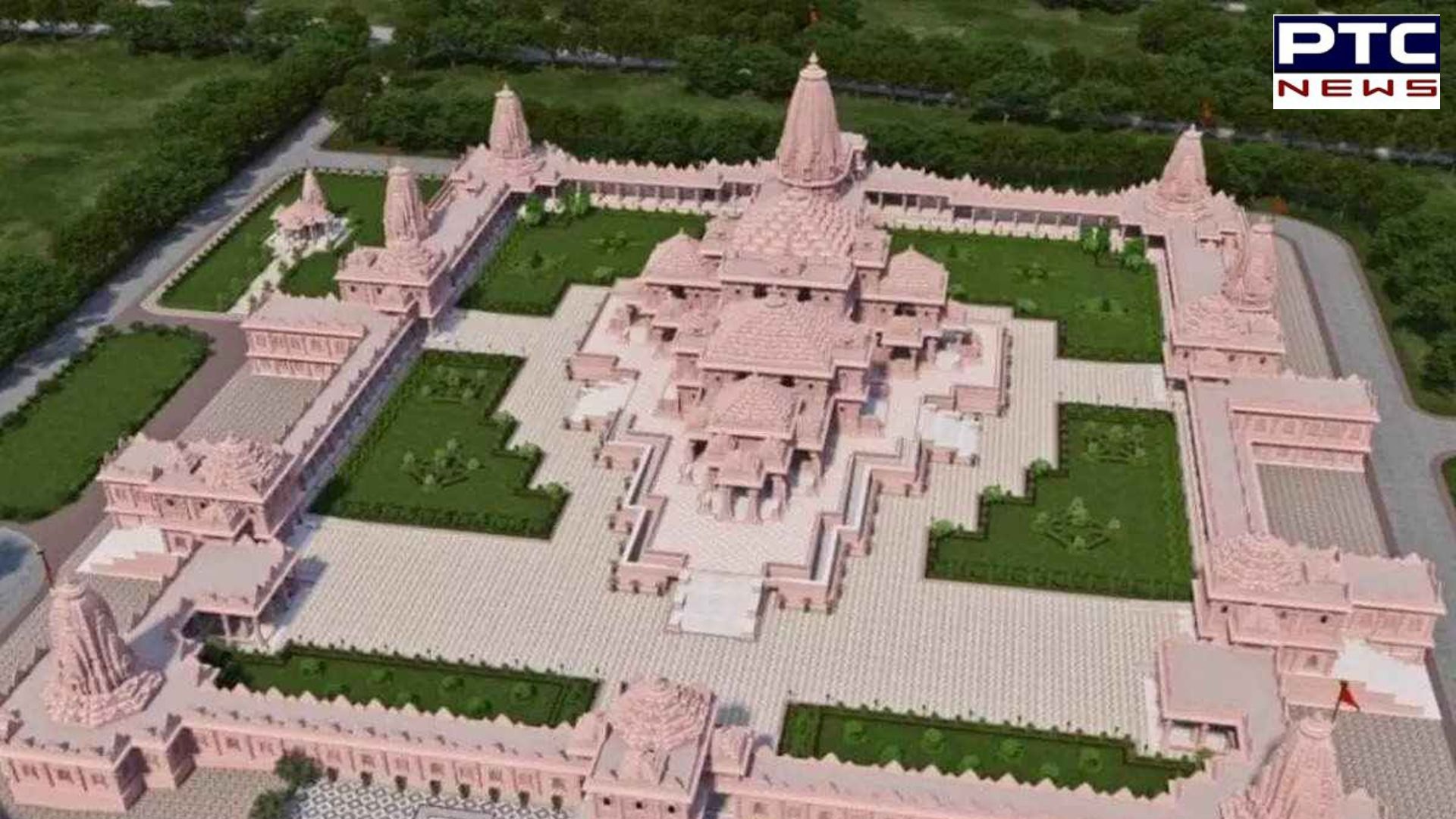
From Nagara architecture to 5 Mandaps: Key features of Ram Mandir in Ayodhya
Features of Ram Mandir in Ayodhya: Amid the festive air in Ayodhya and the euphoria around the consecration of the grand Ram Temple which will be held over a span of seven days starting from January 16 to January 22, 2024, Shri Ram Janmabhoomi Teerth Kshetra trust unveiled the key features of the temple.
Also Read: No booze on Jan 22 in this state, check details
/ptc-news/media/media_files/zJrPxZnAhC5d8V138RiW.jpg)
Features of Shri Ram Janmbhoomi Mandir
1. The Mandir is in the traditional Nagar style.
2. The Mandir has a length (east-west) of 380 feet, a width of 250 feet, and a height of 161 feet.
3. The Mandir is three-storied, with each floor being 20 feet tall. It has a total of 392… pic.twitter.com/Sp2BzzU5sv — Shri Ram Janmbhoomi Teerth Kshetra (@ShriRamTeerth) January 4, 2024
/ptc-news/media/media_files/UA4PTwvoOOw0SLy70XT5.jpg)
The Garbhagriha is the innermost sanctum of the temple, where the deity is enshrined. In the main sanctum sanctorum, there is the childhood form of Bhagwan Shri Ram (the idol of Shri Ram Lalla) and on the first floor, there will be a Shri Ram Darbar.
Also Read: Ram Mandir inauguration: UP introduces electric cars in Ayodhya to ferry pilgrims
/ptc-news/media/media_files/NooKUkj3khqShqez3nnr.jpg)
The temple consists of five Mandaps (Hall) namely Nritya Mandap, Rang Mandap, Sabha Mandap, Prarthna and Kirtan Mandaps.
The Parkota (rectangular compound wall) with a length of 732 meters and a width of 14 feet, surrounds the Mandir.
/ptc-news/media/media_files/sYxbhBhizuoPzqF08KOM.jpg)
Shri Ram Janmabhoomi Mandir comprises of four corners dedicated to Surya Dev, Devi Bhagwati, Ganesh Bhagwan and Bhagwan Shiv. In the northern arm is a Mandir of Maa Annapurna and in the southern arm is a Mandir of Hanuman ji.
Near the Mandir is a historic Well (Sita koop), dating back to the ancient era. In the Shri Ram Janmbhoomi Mandir complex, there are proposed mandirs dedicated to Maharshi Valmiki, Maharshi Vashishtha, Maharshi Vishwamitra, Maharshi Agastya, Nishad Raj, Mata Shabri, and the revered consort of the Devi Ahilya.
/ptc-news/media/media_files/Gzf9pAVKXHyqxhTbDtXq.jpg)
In the southwestern part of the complex, at Kuber Tila, the ancient Mandir of Bhagwan Shiv has been restored, along with the installation of Jatayu. No iron is used anywhere in the Mandir and for protection against ground moisture, a 21-foot-high plinth has been constructed using granite.
Also Read: 10 Ways to keep you Healthy in Winters
-
